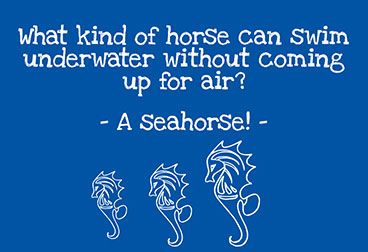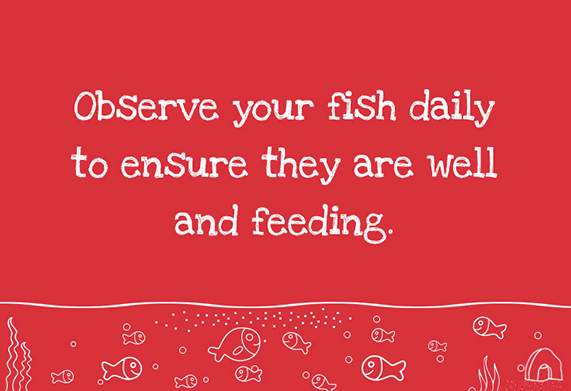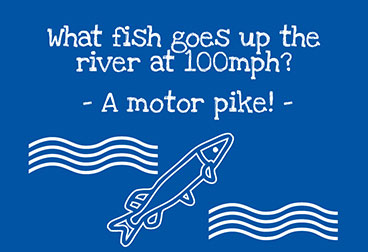Feeding your fish a healthy diet
Just like every other living thing, fish need food. In the wild, they can travel to find the perfect food or adapt to changing sources of nutrition. The only option they have in an aquarium is the food we give to them.
Food types vary and offer a range of nutritional benefits to your fish. Some fish are best suited to a particular diet – have a chat with your aquatic retailer to make sure you provide them with the best diet.
You’ll notice that fish swim at different levels in your tank – so this is something you need to consider when feeding your fish. Bear in mind the different sections of the tank when you’re feeding your fish to make sure they all get the nutrients they need.
There are many different types of fish food. Here are some of the most common:

Flake foods are the most common and can offer a stable diet for herbivores and carnivores from the water. Cleaning you filter every month removes the dirt to keep things running smoothly.
These are available in small cubes which disperse in the water, or as whole creatures like bloodworm or krill.
These granules are great for feeding bottom dwelling fish.
These foods are usually in a stick form and can be used to feed larger fish and those that feed from the water’s surface.

These are very similar to flake foods, and provide similar benefits.
Some types of tablet foods can be stuck to the glass of the tank making them ideal for midwater community fish.
Although less convenient, frozen food can help to support a great diet in your aquarium and are available in ice-cube-like trays and other forms.
Your fish will really benefit from fresh food; you can add greens like lettuce, peas and courgette in the tank for them to feed from. Not only will it add variety to their diet, it will also help prevent herbivores from nibbling at your plants. Be sure to remove fresh food remains from your aquarium before it starts to decay.
Overfeeding can be a huge problem in an aquarium, with rotting food often leading to bad water quality.
Make sure you know who is feeding the fish in your house and remember that underfeeding is better than overfeeding, but finding the balance is ideal.
Always remember to remove any left over food so that it does not rot and polltue the water which can harm or even kill your fish.
It’s a good idea to properly understand your fish’s eating habits. An easy way to do this is to feed them small amounts at 2-3 intervals throughout the day. After about 2 minutes remove any leftover food to avoid polluting the water. Do this for a few days you’ll get a better sense of how much your fish eat and how frequently they like to be fed.
Going on holiday?
If you’re going to be away there are some helpful products to help you feed your fish in your absence.
Auto feeders can be helpful and allow you to feed consistently while you’re not there. Tablet foods are another handy alternative that supply enough nutrients to feed your fish in your absence. If you are leaving the feeding up to a friendly volunteer, measure out the portions into individual containers (a pill organiser is good for this) and leave instructions for only the amount portioned to be fed at a time.


